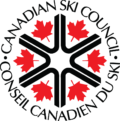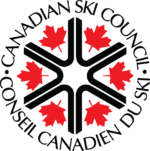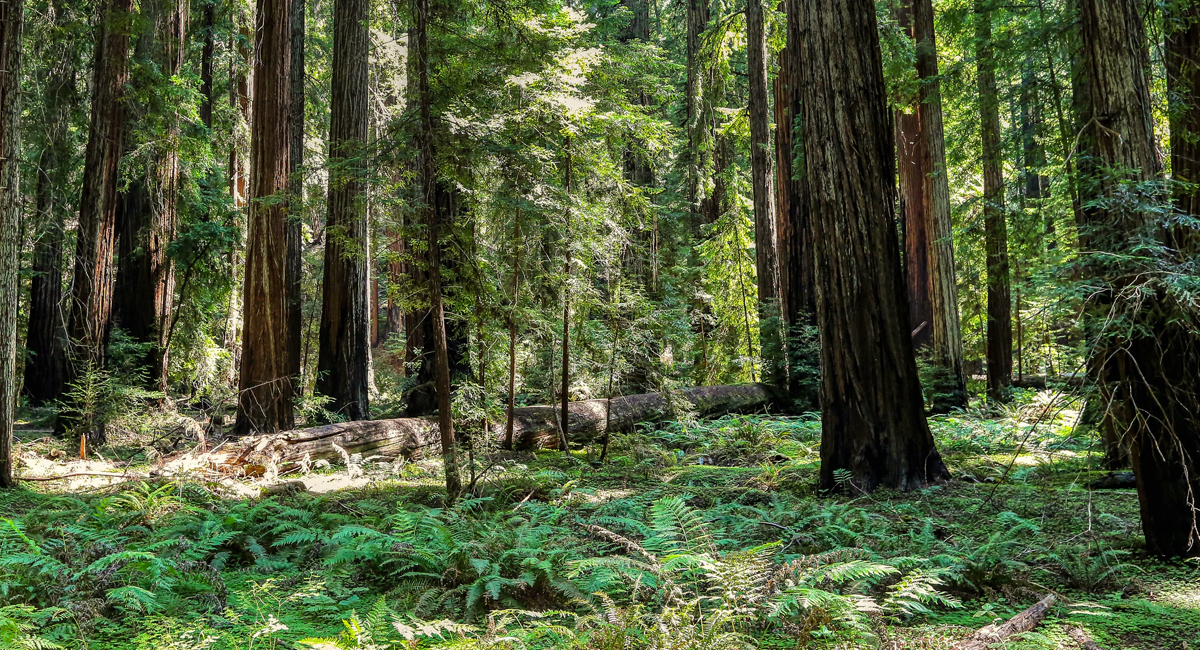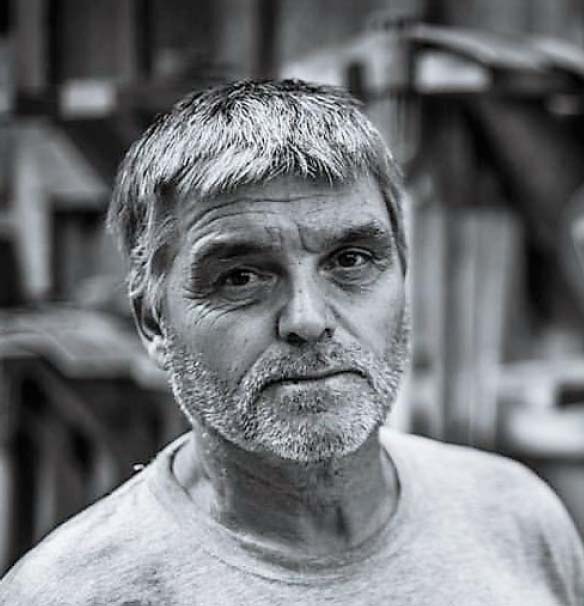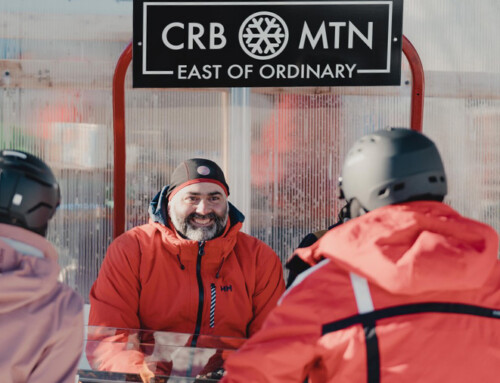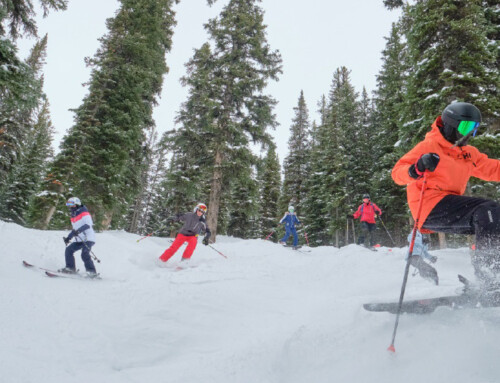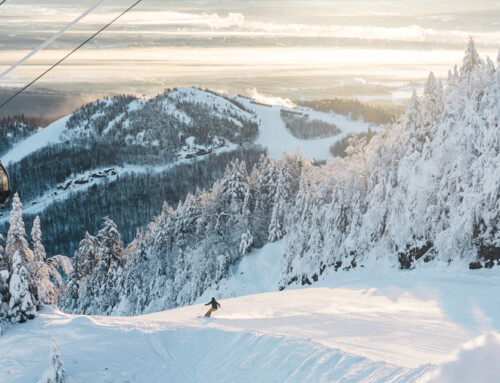The snow season is short and mountain biking provides an opportunity to drive revenues in the summer season. This session explored the type of information, approaches to consider and planning that needs to be considered when assessing the opportunity for mountain biking, along with potential ancilary revenues and key pitfalls to avoid.
Tactical Practical Insights for Building a Mountain Bike Park
- Critical to success is understanding why you want to build a mountain bike park / trail centre, whether you will be able to generate revenue, the sustainability of the operation, whether it’s worth making the investment and if you understand the challenges you’ll face.
- A key consideration for resorts in building bike parks is creating year-round employment that helps retain staff throughout the year, while also contributing to the attractiveness of the community to existing and potential residents and accelerating real estate sales.
- Do your planning, then commit to your plan – be prepared to carry through with the plan in the long-term. Abandoning it after 1-2 years is likely to result in wasted money.
- Be aware of the challenges and hurdles that might arise through your development and the costs to maintain a sustainable operation.
- Do it right the first time around! It may cost more up-front to invest in quality bike park / trail building but in the end you will save money.
- Quality trails will influence your social media. Higher quality trails will be more popular and will attract visitors who will then spread the word organically through social media to increase the popularity of your bike park / trail centre over time.
Presentation Highlights
- Step 1: Planning
- A feasibility study is a critical first step in planning – Gravity Logic calls their report an ‘intelligence report‘, as it gives you the intelligence to decide if the investment in the bike park / trail centre is the right move.
- Your plan needs to cover the longer term and you have to be prepared to follow through once a decision is made to move on it. If you stop half way through the plan you may end up wasting money.
- Planning considerations include assessing a variety of elements that will help determine and influence what you decide to build:
- Infrastructure – the availability of lifts, parking, hotels, food and beverage, sanitation and safety.
- Location – rural vs close to large population will determine the size of your potential market.
- Transportation options to/from the resort.
- Terrain – this is particularly important when it comes to downhill operations. Building x-country trails on flatter terrain is feasible.
- Logistical considerations including:
- Stakeholder consultation
- Land ownership constraints
- First Nations titles and rights
- Future development in planning
- Having a construction plan that outlines your construction costs and the types of trails you will be putting in is important.
- A 5-year financial plan, including proforma statements will help you know what to expect for revenues and financial returns in the longer-term.
- Without proper planning and consideration of all elements impacting the development of a bike park / trail centre, you risk wasting investment or even potentially having to reverse/remove trail development at a later date.
- Taking Action:
- Do it right the first time.
- Hire a professional trail building company – prices may vary for consulting services.
- The quality that you build will pay off later. It’s more expensive and takes more time to invest in quality trail building up front, but maintenance costs will be lower in the long run.
- Trail building and trail development consulting is not a regulated industry. Ensure that you check the resumes of those who are bidding on your project; be sure to get references and check how the bike parks and trails they built have performed over time.
- Be prepared to commit to your plan. Be aware of the plan, the financial and resource impacts and ensure you’re committed and able to follow through with the plan.
Participant Ideas, Actions, Inspirations and Challenges
- Options for smaller resorts with t-bars:
- One smaller resort indicated that they expected the lodge rental, food and beverage to likely be the most significant revenue generator in summer, with the bike park being a draw to the resort in summer but a secondary source of revenue. (Note: The April 20th Ideas @ Apres session discussed opportunities for the green season – contact Paul Pinchbeck for a copy of the session summary to see the ideas shared).
- There is a device manufactured in Europe used to convert a t-bar, using a hook device, so it can be used to pull bikes up a hill. There’s a limitation based on the steepness of the hill – if it’s too steep it will lift the front wheel of the bike up.
- Wexl Trails in Austria uses this surface lift system. This changed the perception that only larger resorts with detachable quads would be feasible for lift-assisted parks.
- Another option being explored by one smaller resort is using a tractor, think cat-skiing, as a pull mechanism.
- For resorts that don’t have a lot of vertical, rather than considering lift-assisted biking, think about pedal access. There are many places with pedal-only access and if there’s a lodge, a place to have a beer and quality trails, visitors will have fun regardless!
- Growing demand and repeat visitation over time:
- Really good trail maintenance is critical to enticing your visitors to keep coming back. If you demonstrate and communicate (think social media) that you’re investing in your trails, they will notice.
- Retrofitting an older trail with new features, adding a new trail and ensuring you have a good mixture of trails all contribute to attracting visitors and keeping them coming back.
- A range of trails with varying ability levels is important. Green trails bring in new participants and families; blue trails (and there is a wide spectrum of blues) represent the bulk of the mix; while black trails can be aspirational and will appeal to the hard-core mountain biker. Understand your market and the potential visitor.
- Think about how to facilitate the transition for those who may be new to biking, to grow their skills and comfort with using a bike park. Having trails that appeal to beginners to intermediates is critical to this and consider the type of imagery you use to send a message that your facility is beginner-friendly and welcoming to those who want to give it a try.
- Women‘s and kids skills camps have become extremely popular as a way to introduce new audiences to biking. Women’s Wednesdays has been very popular in Whistler and successful in getting more women to use the bike park.
- Airhouse – an indoor trampoline location – in Nanaimo was cited as an example of a local business partnering to offer bike camps.
- Partnering with other clubs and businesses around town (e.g. running clubs, gravel riding clubs) is a way to attract and introduce new audiences to your trails – it may require coordination of timing for events and trail use for safety. Looking around the community for potential partners can open new doors.
- Funding considerations to support trail building and maintenance:
- In Europe, rather than charging fees to use the trails, they charge for parking as a way to generate revenue to help pay for costs associated with trail building and maintenance, especially if there is no lift access involved.
- Local cycling clubs sell memberships to generate revenue that is then used for trail building and maintenance.
- Another consideration is to sell day tickets with a wristband.
- Online ticket sales with a QR code to check-in.
- Sponsorships by local businesses for trail races and events.
- If you have a lodge, revenue can be generated through food and beverage sales.
- Where revenue generation is a primary goal, rentals, retail, lessons and guiding generally represent 50% of revenue at bike parks, with ticket sales the other 50%. F&B is ancilary and is typically not included in assessments (unless there are no other visitor activities).
- Insurance:
- Insurance is challenging for everyone. One participant indicated their winter resort insurance also covers them for the operation of their bike park.
- If you form a club, you can potentially get insurance through the club. Some jurisdictions have rules requiring that the club run organized, scheduled rides. Organizations such as NMBC (Nanaimo), SORCA (Squamish) and WORCA (Whistler) run Twoonie Races as a way to meet the rules and qualify for insurance. These races are also a good way to introduce people to your terrain and trails (NMBC also offers kid-specific events) – and if you have food and beverage, many will stop for a beer and burger afterward!
- Other discussion items:
- Cows on trails: In some places, there may be an issue with livestock on trails. If you have blind corners or jumps, it’s important to consider electric fences for safety.
- Professional accreditation/certification of your bike instructors through the PMBIA is important, particularly if a case winds up in court. Keeping your guiding and instruction in-house, means it’s easier to maintain quality control over accreditation/certification standards.
Industry Topic Specialist
The foundation of any bike park or facility is the trails. If you have quality trails, the people will come and they will have a good time.
Helpful Links
Links to discussion items referenced during the session:
- www.wexltrails.at (en anglais seulement) – example of an Austrian bike park using a surface lift system
- www.easyloopsystem.at – t-bar bike pull system (site is in German, but the imagery illustrates the system)
- www.aluvii.com – (en anglais seulement) – booking and point-of-sale system being used by one of the participants for their ticket sales
- www.worca.com/toonie-rides – an example of Twoonie rides being held in Whistler through the cycling association
- www.mtbparks.com/Mountain-Bike-Park-News-Events/News-Events/Canada/Whistler-Mountain-Bike-Park/WOMEN-S-NIGHTS-Whistler-Mountain-Bike-Park.html – (en anglais seulement) – highlights Whistler Women’s Wednesday
- https://www.youtube.com/watch?v=Ii8upaOCehY – (en anglais seulement) – cows on the trail at Sun Peaks!
- www.pmbia.org – provides certification courses for mountain bike coaches, including in bike park settings Trails & Open Space | Draper City, UT – Official Website (draperutah.gov) – cited as an example of a community where trails made a significant difference in attracting new residents
Additional Links provided by Tom:
https://www.mbta.ca – Mountain Bike Tourism Association – has great resources, including:
- Sea to Sky EI Study Whistler Results Dec 15.doc (mbta.ca) – Whistler MTB Economic Impact Study
- Squamish – Preliminary Results (mbta.ca) – Squamish MTB Economic Impact Study
- EI of Mountain Biking in Whistler 2016 – CSTA EI study on mbta.ca
Disclaimer: In providing your business with the information above and other support or advice, including information, support and/or advice relating to your business operations, Covid-19 recovery, The Canadian Ski Council, Tourism Café Canada, session sponsors and topic specialists are not responsible or liable for decisions made, strategies adopted or third party program results, and specifically disclaim any responsibility for any consequences, financial or otherwise, of a business relying on our advice or using information we provide. Companies must understand and agree that they are responsible for all actions they take and decisions they make and must do their due diligence and seek appropriate legal, accounting, tax, or other professional advice as they may require.
